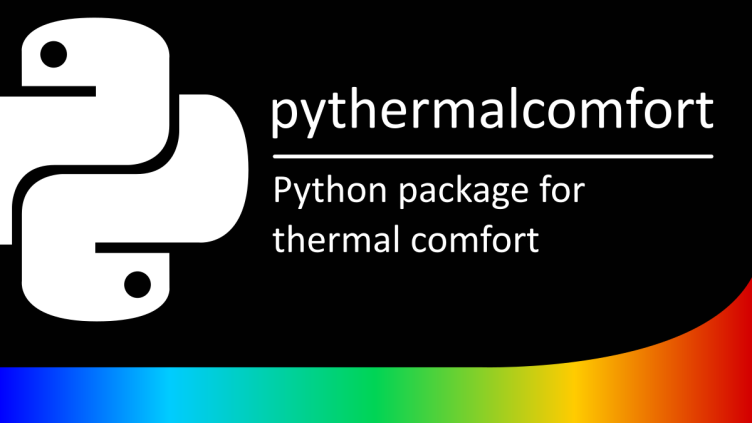A Python library that enables accurate and complex thermal comfort calculations.
Status: Completed
Funding Sources: Singapore-Berkeley Building Efficiency and Sustainability in the Tropics (SinBerBEST) Berkeley Education Alliance for Research in Singapore (BEARS)
Project Objective
Our goal was to develop powerful and extensible software that would allow users to easily and rapidly calculate the most common thermal comfort indices which are relevant to thermal comfort standards. These key indices include whole-body thermal comfort — predicted mean vote, adaptive models, standard equivalent temperature — and also local discomfort, clothing insulation and the psychrometric properties of air.
Project Results
Released in 2020, pythermalcomfort allows building professionals and researchers to accurately perform complex thermal comfort calculations without the need for writing complex programming code. These resources can also be used in educational curricula on thermal comfort, by architects and engineers to improve design and optimize the operation of naturally and mechanically conditioned buildings, and by researchers preparing scientific publications.
Significance to Industry
The heating and cooling systems in buildings consume significant amounts of energy in order to provide comfortable indoor conditions for occupants. However, a survey of more than 90,000 occupants in 900 office buildings found that 39% of the respondents were dissatisfied with their thermal environment. A quantitative assessment of thermal comfort conditions indoors can be done by calculating thermal comfort indices to identify where and when buildings are uncomfortable. However, calculating these indices is a complex task, even for engineers and architects with extensive experience working in the building sector. A usable and open-sourced software resource could significantly help building professionals and researchers to perform detailed thermal comfort analyses, and to improve the cost-effectiveness, reliability and simplicity of such calculations.
Research Approach
Python is a general purpose programming language which is gaining popularity not only among programmers but also among researchers, and has become one of the most commonly used programming languages worldwide. PyPI, the official third-party software repository for Python, now contains more than 200,000 packages. Due to this wide adoption, we created a Python package which we dubbed ‘pythermalcomfort,’ which can be used to calculate widely adopted whole body thermal comfort indices. The code was released as an open-source (MIT license) so users can contribute to this project, or use the code in other applications. An open-access paper was published to describe the software.
The pythermalcomfort is the only Python package available on PyPI that contains an exhaustive list of validated thermal comfort models. We validated all functions against reference tables to ensure that results are accurate, and developed supporting documentation and tutorials to support users with limited programming skills or knowledge of thermal comfort. The lead researchers for the project are Federico Tartarini and Stefano Schiavon.
Publications and Reports
Tartarini, F., and S. Schiavon. 2020. pythermalcomfort: A Python package for thermal comfort research. SoftwareX 12, 100578. Journal version https://doi.org/10.1016/j.softx.2020.100578

